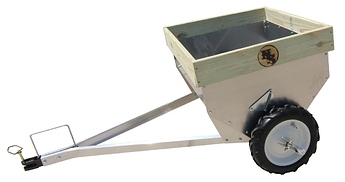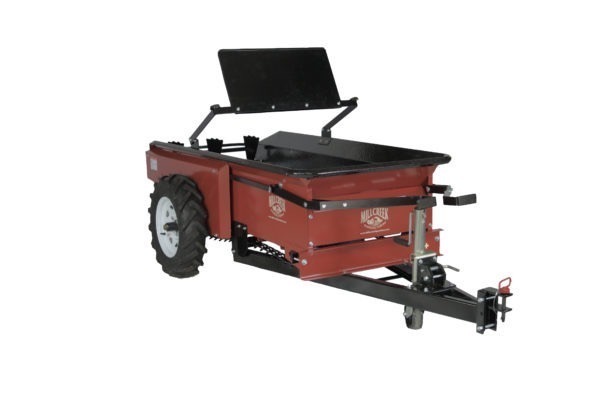I am still looking to get a compact manure spreader (the kind you pull behind a lawn mower or such) and I’m wanting to learn all I can before I make a decision, as they are quite pricey.
What I’m wondering right now is, can a person pull one of them for short distances, like between stalls in a barn? In my mind, I had thought that would be possible. A lot of these manufacturers are pointing out how convenient they are because they can be pulled right into a stall for mucking. I had assumed they meant pulling by hand, because doing it with a mower seems ridiculous if not impossible. But then I was looking at specs online and it looks like these spreaders can weigh several hundred pounds empty. So now I’m thinking they couldn’t be pulled by hand. My muck cart gets hard to pull when I load it up with, IDK, maybe more than 150 pounds.
I know a lot of people here have them – can you pull them short distances by hand? Or can they only be pulled by a machine?



